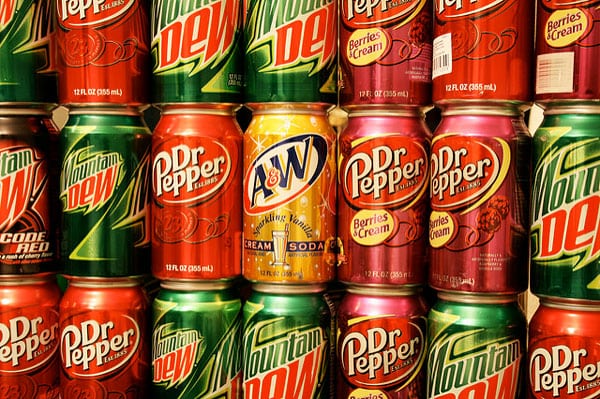
September 20, 2018; Next City
According to the American Diabetes Association, more than 30 million Americans—over nine percent of our country’s population—suffer from diabetes, costing the country an estimated $327 billion a year, a staggering sum that exceeds 1.75 percent of national gross domestic product. People who consume a can of soda a day, medical experts say, are 26 percent more likely to develop type-2 diabetes than those who rarely drink soda. According to the mayor’s office, Philadelphia has the highest proportion of residents with diabetes of any big city in America.
Philadelphia’s soda tax went into effect in January 2017. It is the largest city in the country to have implemented such a levy. The amount of the tax is significant: 1.5 cents per ounce. That works out to about a dollar for a 2-liter bottle. In its first year, the law raised $79 million “to help fund pre-kindergarten programs, parks, libraries and other services.” The city’s right to assess the tax was upheld by the Pennsylvania Supreme Court this summer.
The $79 million, Jared Brey writes in Next City, fell short of city projections. Some of the shortfall is due to Philadelphia residents evading the tax by buying soda in the suburbs. But part of the shortfall is due to what might be considered a good problem to have—namely, many Philadelphia residents are consuming less soda and more water.
This past April, Brey notes, “a Drexel University study suggested that Philadelphians were 40 percent less likely to drink sugary beverages and 58 percent more likely to drink bottled water than their peers in other cities.”
Sign up for our free newsletters
Subscribe to NPQ's newsletters to have our top stories delivered directly to your inbox.
By signing up, you agree to our privacy policy and terms of use, and to receive messages from NPQ and our partners.
Now, a working paper from Mathematica has begun to disaggregate the results. “Among children overall, the tax did not have a substantial impact on consumption of sweetened beverages,” the study authors found. That said, for Blacks and for children at high risk of diabetes, the tax’s impact has been highly significant. Among the key findings were the following:
- “For children who were high consumers of added sugars from beverages (the equivalent of a 20-ounce bottle of regular soda per day), the tax decreased consumption of added sugars by nearly 15 grams per day, or 22 percent.”
- “Among African American children—who have higher rates of sweetened beverage consumption and obesity nationally—the tax reduced consumption of added sugars from beverages by 8.0 grams per day, which translates to 32 fewer calories per day.”
- “Among African American adults, the tax reduced the frequency of regular soda consumption by 14.6 times per month—the equivalent of nearly one fewer 20-ounce soda every other day.”
“I think particularly in terms of the children’s results, these [findings] are really novel,” says David Jones, a senior researcher at Mathematica Policy Research and study coauthor. “We’re the only group to be able to look at children so far.”
For their part, city officials seem pleased that the “sin tax” has reduced soda consumption as intended, even if the city collects less in revenue as a result. “This means Philadelphia residents are responding to the pass-through of the beverage tax in the healthiest way, by switching from sweetened drinks to water,” says Mike Dunn, a spokesperson for Mayor Jim Kenney. “This added health benefit would mean a decrease in the number of Philadelphians affected by diabetes and heart disease.”
Additionally, Dunn notes, the tax revenue that is collected is being used to support Pre-K, community schools, and park improvements, including the city’s Rebuild initiative, which NPQ covered when the project—supported by the William Penn Foundation—launched a year ago.
Jones tells Brey that it would be worthwhile to repeat the study in five or ten years. People often form their consumption habits as children, Jones explains, so, if children grow up consuming less soda, the long-term impact might be even more profound. “This study is the longest-term study so far on consumption, but it’s still pretty short-term,” says Jones.—Steve Dubb











